Creating a Monthly Self-Care Routine That Includes Massage
August 20, 2025
7 min

The Power of Routine Self-Care in Modern Wellness
Establishing a monthly self-care routine is a proactive way to nurture your physical, mental, and emotional health. Among various self-care practices, massage therapy stands out for its profound benefits that enhance relaxation, improve circulation, and reduce stress. This article guides you through building an effective monthly self-care regimen that thoughtfully integrates massage to maximize overall wellbeing and stress management.
Building an Effective Monthly Self-Care Routine

How can I create an effective monthly self-care routine?
Designing a balanced self-care routine involves aligning activities that nourish your mind, body, and emotions. Start by scheduling regular practices like massage therapy, which can be incorporated on a monthly basis to promote muscle relaxation, improve circulation, and strengthen the immune system. Many wellness centers offer memberships or packages that make regular treatments more accessible and affordable.
In addition to massages, include skincare routines such as exfoliation, detox masks, or rejuvenating facials to enhance skin health and preserve a youthful appearance. Protect your hair with trimming and deep-conditioning treatments, and maintain nail health with manicure and pedicure sessions, which also boost circulation.
Holistic therapies like Reiki and reflexology can further support your stress reduction and relaxation goals. Coupling these with at-home activities like meditation, yoga, and deep breathing can produce a comprehensive approach to wellness.
How can I balance physical, emotional, and social activities?
Achieving harmony requires integrating activities across different facets of health. Physically, regular massages, exercise, and skincare keep your body resilient and vibrant. Emotionally, practices like journaling, mindfulness, and hobbies foster positivity and resilience.
Socially, maintaining meaningful connections through conversation or shared activities boosts your emotional well-being. Scheduling 'me-time' ensures these activities are prioritized amidst busy schedules.
Why is ongoing assessment and adjustment important?
Your self-care needs evolve, so regular evaluation is crucial. Keep a journal or use apps to track your activities and note how you feel after each. This helps identify what works best and where adjustments are needed.
Adjust your routine based on seasonal needs or life changes, such as increasing massage frequency during colder months to release tension or adding new practices like aromatherapy or herbal teas for enhanced relaxation.
Creating a sustainable and personalized self-care routine empowers you to maintain mental, emotional, and physical health. By regularly reviewing and modifying your activities, you ensure they remain effective and aligned with your goals, fostering long-term wellness and resilience.
Why Massage Is a Cornerstone of Self-Care

Is massage considered a form of self-care?
Yes, massage is widely regarded as an essential part of self-care routines because of its many physical and mental health benefits. Regular massage helps improve blood circulation, which supports overall body function and promotes faster recovery after physical activity. It also reduces muscle inflammation and stiffness, easing discomfort and preventing injuries.
Beyond the physical, massage strongly influences mental health by lowering cortisol levels, a hormone associated with stress. At the same time, it can boost the production of serotonin and dopamine, which enhance mood and emotional balance. This combination helps reduce anxiety, depression, and tension.
Massage not only alleviates ongoing pain but also encourages relaxation, which improves sleep quality. Establishing a routine massage schedule, such as monthly or biweekly sessions, can help sustain these benefits. Whether through professional massage therapy or self-massage techniques, integrating massage into daily life supports both your physical health and emotional resilience. Thus, massage plays a vital role in a comprehensive self-care regimen aimed at enhancing overall well-being.
Integrating Massage into Your Monthly Self-Care Plan
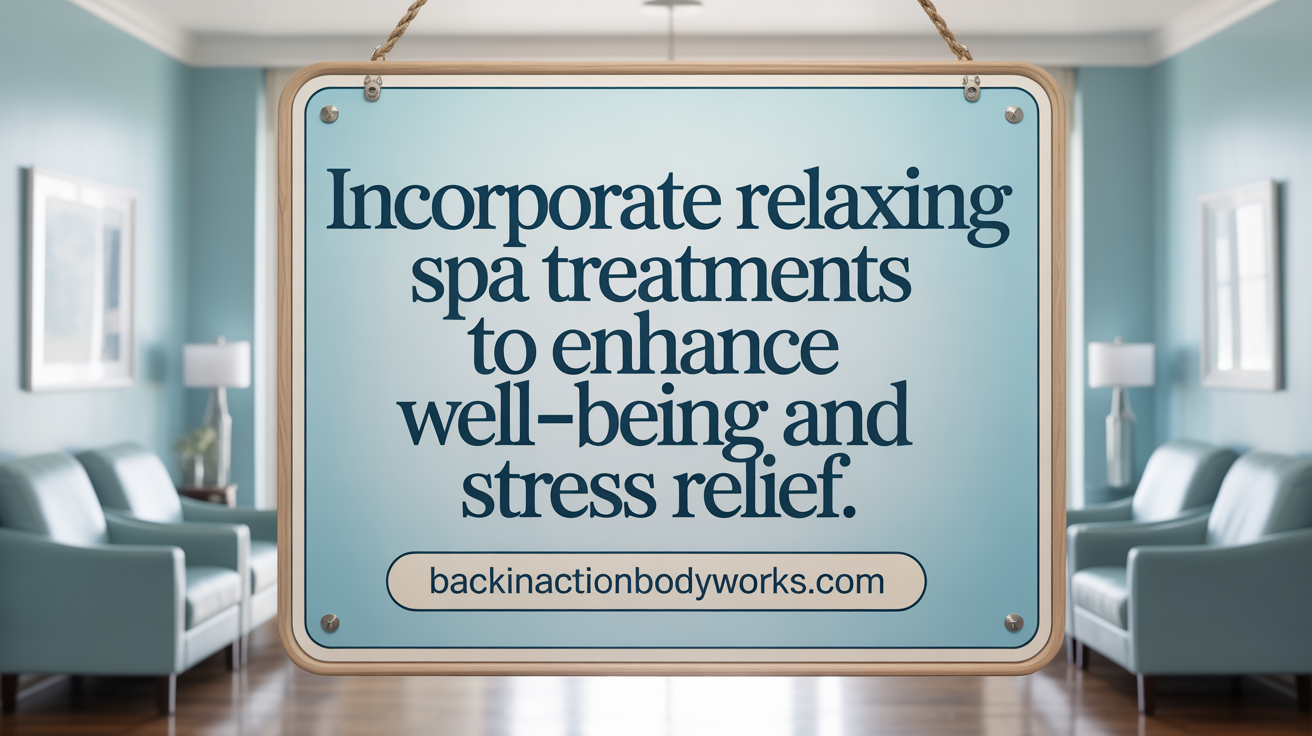
What are practical steps to integrate massage into my regular self-care routine?
To effectively include massage in your self-care regimen, start by clarifying your wellness goals—such as reducing stress, easing muscle soreness, or enhancing relaxation. Once your objectives are clear, choose the type of massage that best suits your needs, whether it’s Swedish for relaxation, deep tissue for muscle recovery, or aromatherapy for mood enhancement.
Schedule regular sessions with a licensed massage therapist, ideally on a monthly basis, or more frequently if you’re managing chronic pain or recovering from injury. Booking in advance and choosing a consistent time each month helps make massage a habitual part of your routine.
Maximize the benefits by pairing massage with other self-care practices. Incorporate stretching, stay well-hydrated, practice yoga, or engage in deep breathing exercises during and after sessions. Creating a calming environment—such as dim lighting, soothing music, and aromatherapy—can enhance relaxation during your massage.
Between professional visits, use self-massage tools like foam rollers, massage balls, or handheld massagers to target areas of tension. Simple techniques such as gentle kneading or applying pressure on tight spots can provide ongoing relief.
Lastly, underpin your massage routine with overall healthy habits: maintain good posture, ensure sufficient sleep, stay active, and keep stress levels in check. These habits extend the benefits of massage and support overall well-being.
Personalizing Your Massage Treatment Within Your Wellness Routine
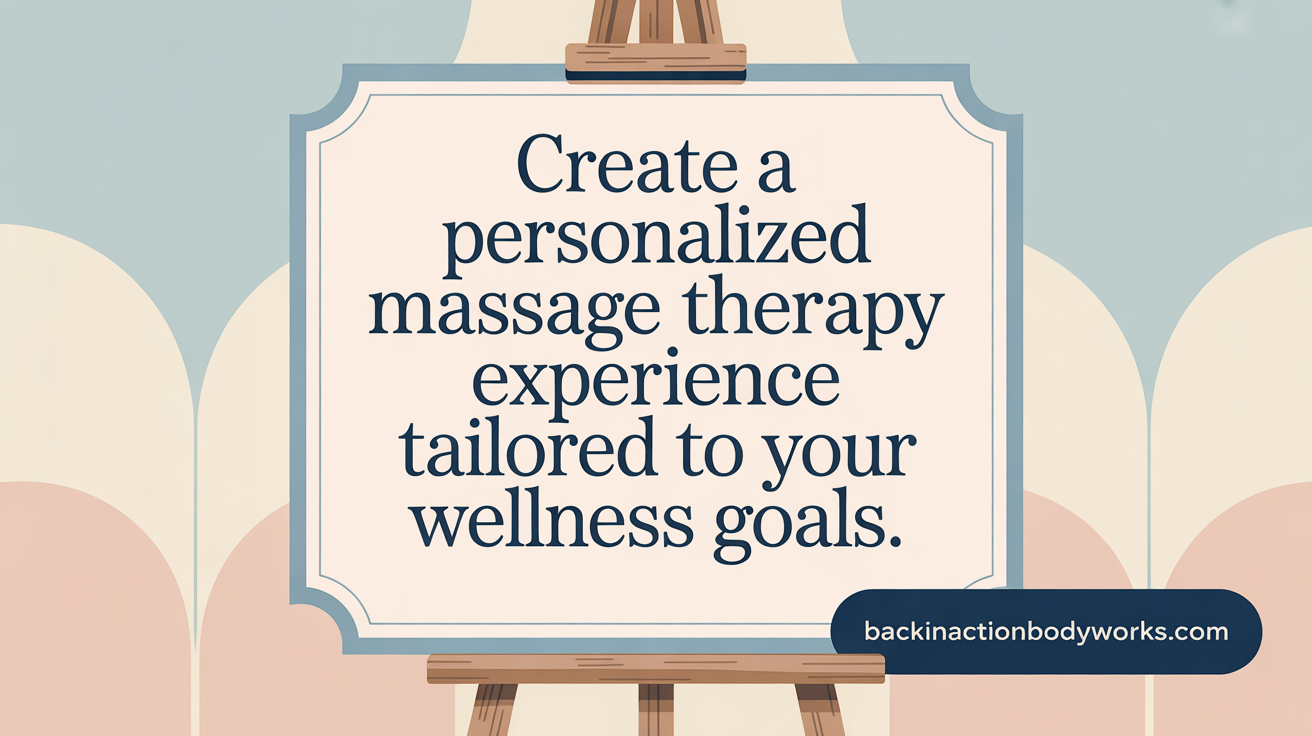 Creating a massage treatment plan tailored to your individual needs can significantly boost your overall wellness. Start by evaluating your specific goals—whether it's reducing stress, alleviating chronic pain, or increasing flexibility. This initial assessment helps determine the most suitable massage techniques, such as Swedish, deep tissue, or aromatherapy, aligning with your preferences and physical requirements.
Creating a massage treatment plan tailored to your individual needs can significantly boost your overall wellness. Start by evaluating your specific goals—whether it's reducing stress, alleviating chronic pain, or increasing flexibility. This initial assessment helps determine the most suitable massage techniques, such as Swedish, deep tissue, or aromatherapy, aligning with your preferences and physical requirements.
Choosing the right frequency is essential. For general wellbeing, scheduling a massage once a month can promote relaxation and boost immune function. If you're managing chronic pain or recovering from injury, more frequent sessions like weekly or biweekly treatments might be more effective. Athletes and active individuals often benefit from regular therapies to enhance performance and prevent injuries.
Tracking your progress is vital for adjusting your treatment plan. Keep a journal or use a digital app to note how you feel before and after sessions, including improvements in mobility, pain levels, or stress reduction. Share this feedback with your massage therapist to tailor future sessions or to explore new techniques. Over time, modifying the plan based on your evolving needs ensures sustained benefits.
To optimize your massage routine, incorporate complementary self-care practices such as stretching, hydration, or mindfulness exercises. These add layers of health support and strengthen the positive effects of your treatments. Regularly review your goals and experiences, and don't hesitate to update your plan—this proactive approach helps you stay motivated and ensures your massage therapy continues to serve your wellness journey effectively.
Maximizing Wellness Through Consistency and Holistic Practices
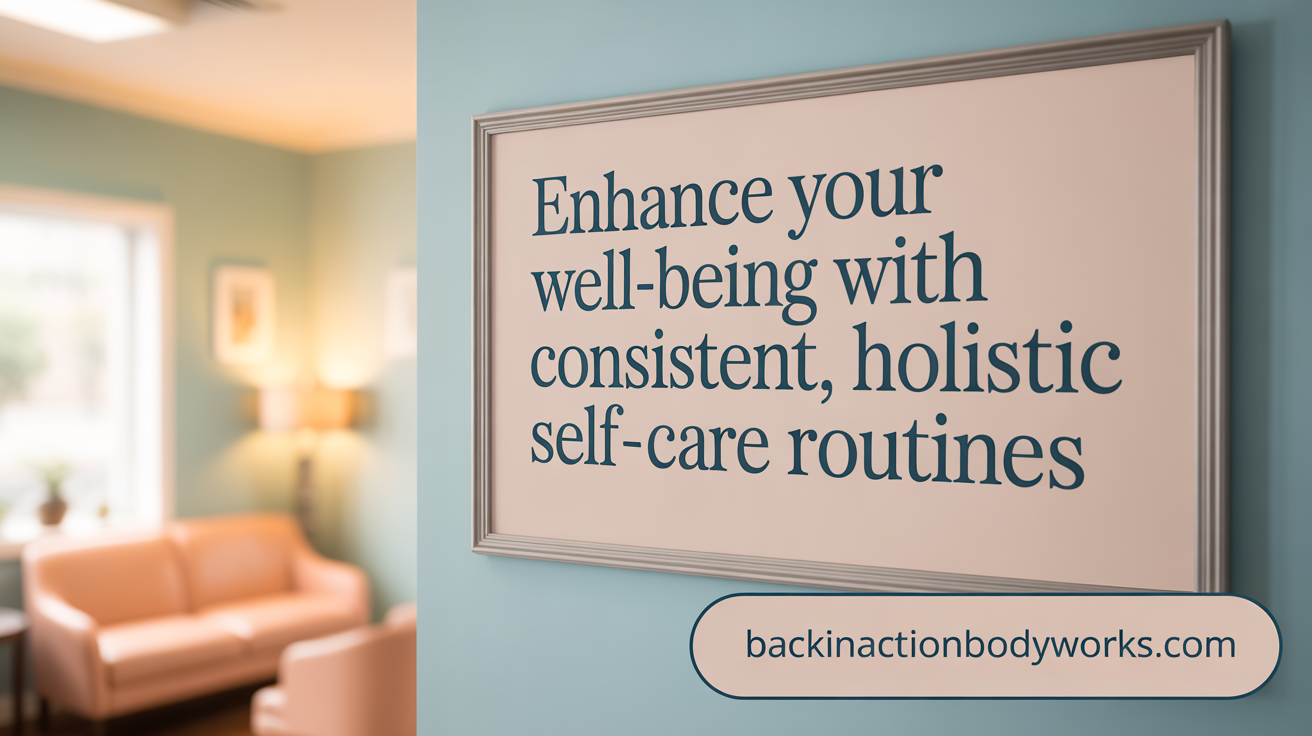
How do self-care routines contribute to overall wellness and stress management?
Incorporating regular self-care activities into daily life plays a vital role in enhancing physical, emotional, and mental well-being. Engaging in practices such as massage therapy, exercise, mindfulness, and proper nutrition helps reduce stress levels, foster relaxation, and improve sleep quality.
Massage, in particular, offers numerous benefits, including lowering cortisol levels — a hormone associated with stress — and increasing serotonin and dopamine, which promote mood stability. Regular massages not only ease muscle tension and inflammation but also boost circulation and immune function.
Building a routine, such as scheduling monthly massages or practicing self-massage techniques, supports ongoing relaxation and recovery. These activities help the body and mind learn to relax outside of sessions, decreasing anxiety and preventing burnout. Creating personalized routines with realistic goals strengthens resilience, improves emotional balance, and helps manage life's inevitable stresses.
Overall, consistent self-care creates a positive feedback loop: it nurtures the body, calms the mind, and enhances emotional strength, enabling individuals to face daily challenges with greater ease and vitality.
Approaches to sustain and maximize self-care routines
Maintaining regular self-care involves strategic planning. Utilizing memberships or subscription services for massages and spa treatments can make consistent care more affordable and accessible. Scheduling appointments like a vital part of your routine ensures commitment, whether it’s monthly, weekly, or biweekly.
Using digital tools—such as online booking platforms—simplifies scheduling and helps stick to plans. Setting SMART goals (Specific, Measurable, Achievable, Relevant, Time-bound) makes it easier to incorporate activities without feeling overwhelmed.
In addition to professional treatments, embracing at-home practices like self-massage, skincare, and mindfulness exercises offers flexibility and reinforces the wellness routine. Combining these efforts promotes long-term health, reduces stress, and fosters mental clarity.
Establishing a structured self-care schedule not only improves physical health but also emotionally fortifies resilience, helping navigate the complexities of modern life with greater balance and happiness.
Embrace a Consistent Self-Care Rhythm with Massage
Creating a monthly self-care routine that includes massage is a powerful strategy for enhancing your physical health and mental clarity. By thoughtfully integrating massage with other nurturing activities and personalizing your treatment approach, you set a foundation for sustained wellness and stress resilience. Consistency, self-awareness, and prioritization of your needs transform self-care from a fleeting indulgence into a vital, life-enriching habit. Embrace this balanced approach to nurture your mind, body, and spirit for lasting well-being.
References
- Love Yourself First: Make Massage Part of Self-Care
- How to Make Beauty and Wellness Part of Your Monthly Self-Care ...
- The Power of Massage in Your Monthly Routine Thrive Virginia Beach
- How to Incorporate Massage Therapy into Your Self-Care Routine
- Crafting a Routine That Feels Good with the Benefits of Massage
- Enhance Your Self Care with Massage
- Massage should be part of your self-care routine - Complete Physio
- Spring Clean Your Self-Care Routine with Massage Therapy
- Incorporating Massage Into Your Self-Care Routine Can Help You ...
Recent articles
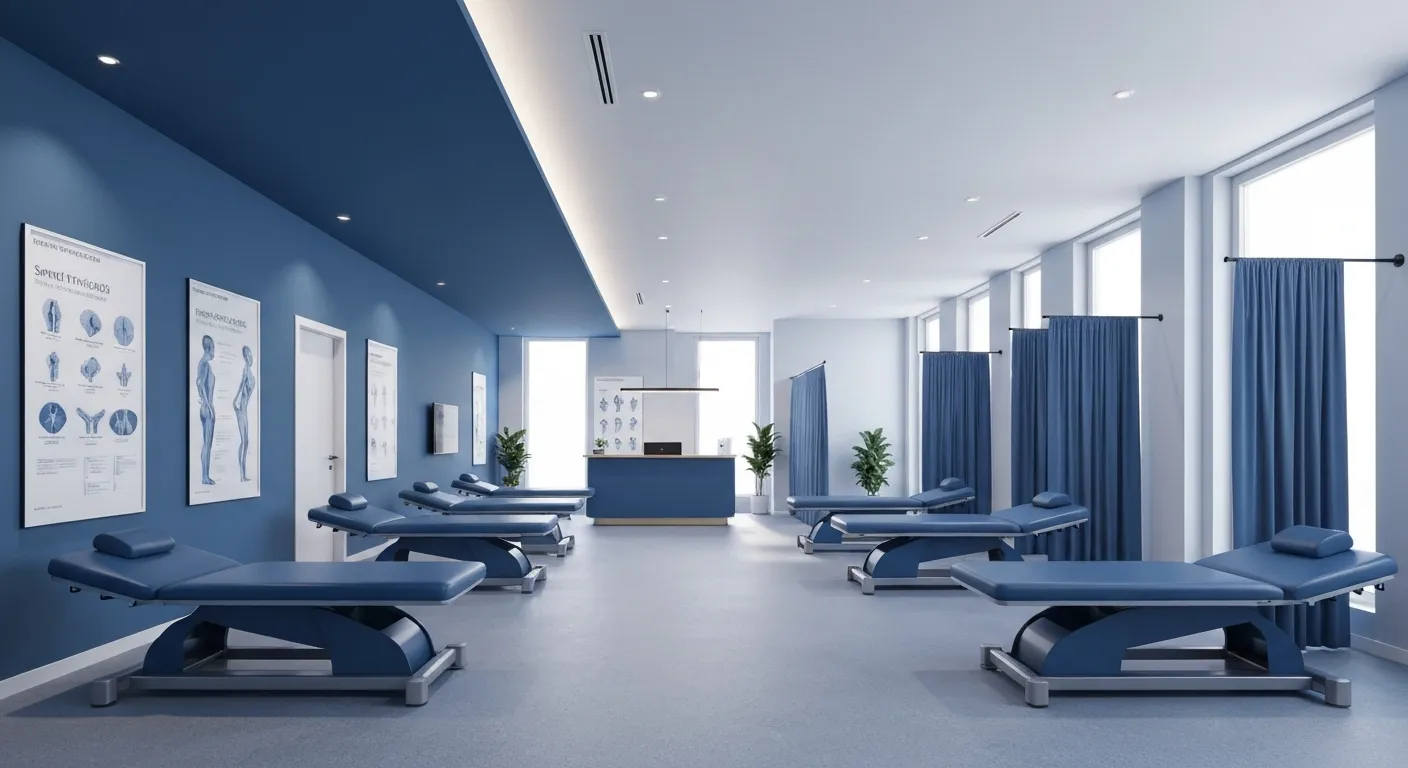
Simple Lifestyle Adjustments to Maintain a Healthy Spine
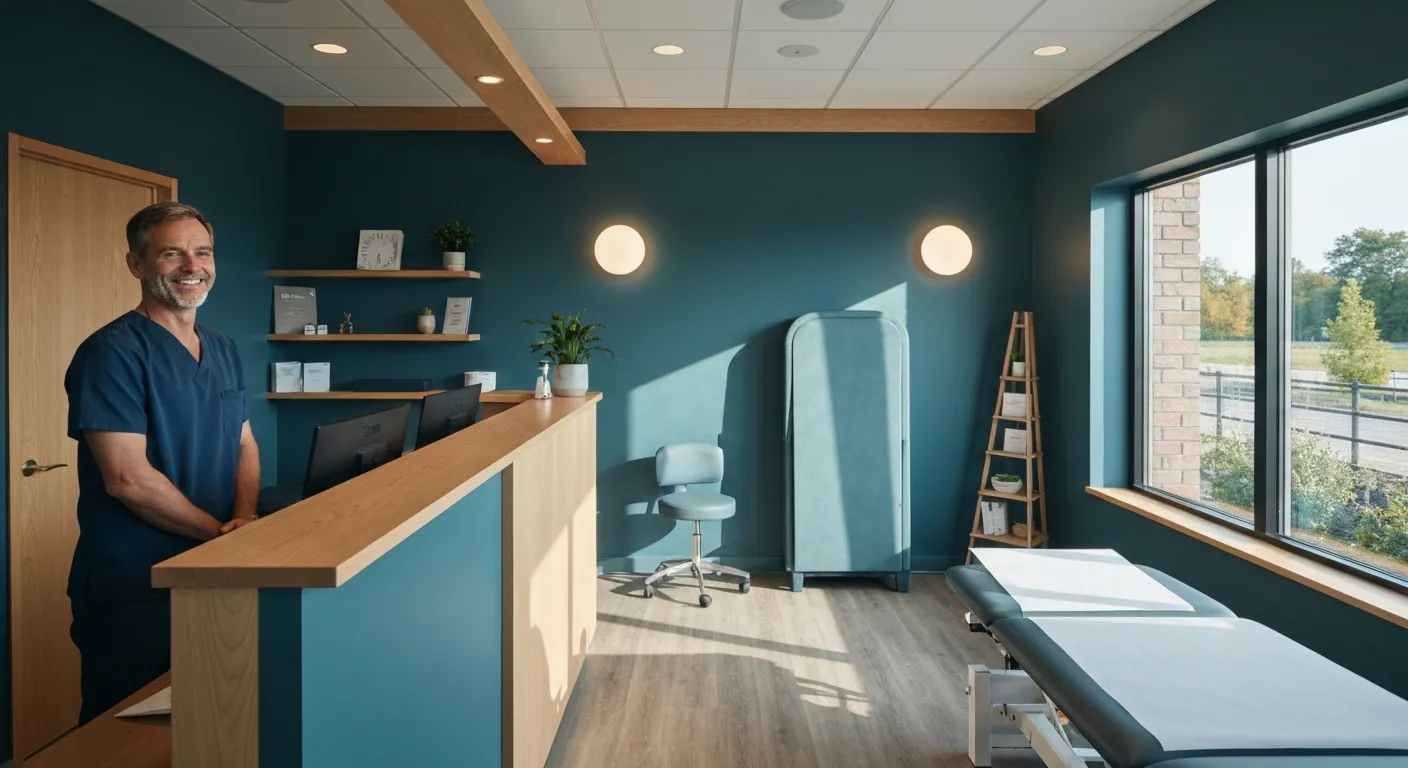
Personalized Nutritional Counseling for Improved Health Outcomes

Exploring Non-Surgical Treatments for Spine-Related Conditions

An Introduction to Spinal Decompression for Sciatica Patients

Transformative Success Stories: Patient Experiences with Chiropractic Treatments

Why Chiropractic Care Is Essential for Back Pain Relief
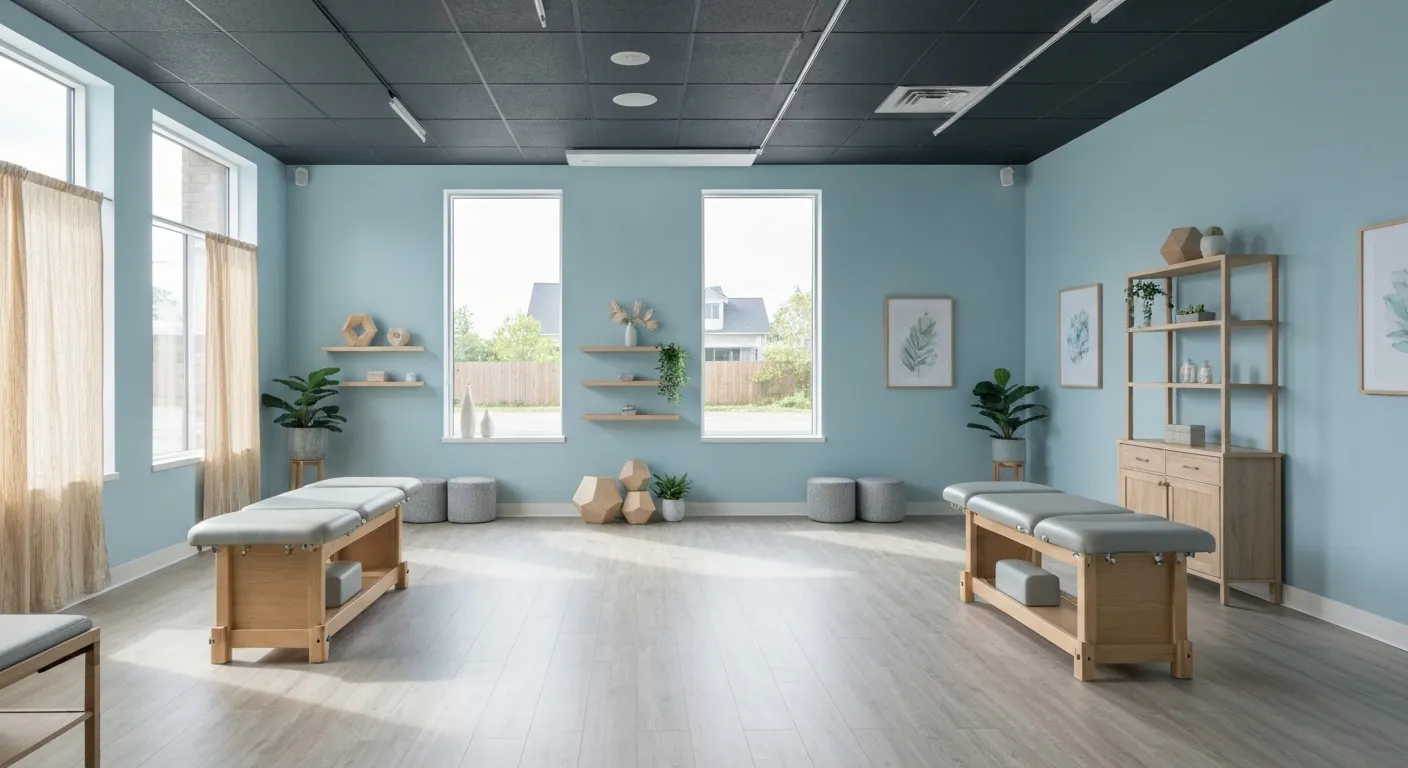
Addressing Underlying Causes Versus Symptom Management in Pain Care

The Role of Nutrition in Enhancing Chiropractic Treatment Effectiveness

Sciatica Treatment Options: Is Spinal Decompression Right for You?

Lifestyle Tips to Maintain a Healthy Spine and Prevent Back Issues

The Synergy Between Physiotherapy and Chiropractic Treatments

What Happens During Your Initial Chiropractic Consultation

Effective Corrective Exercises for Sustainable Pain Management

Taking a Root Cause Approach to Chronic Pain Management

Holistic Pain Management Techniques Without Surgery

How Patient Success Stories Validate Chiropractic Care Benefits

Spinal Decompression: Innovative Treatment for Sciatic Nerve Pain

Spinal Decompression Therapy: A Non-Invasive Approach to Sciatica Relief

Exploring Holistic Approaches Beyond Surgery for Pain Relief

Practical Lifestyle Advice to Support a Healthy Spine Every Day

Corrective Exercise Routines Designed for Long-Term Pain Prevention

Real Patient Stories: Overcoming Chronic Pain with Chiropractic Care

Lifestyle Changes That Promote a Healthy Spine and Prevent Injury

How Addressing the Root Cause of Pain Leads to Lasting Relief

Non-Surgical Holistic Therapies to Manage Chronic Pain Effectively

Nutritional Counseling's Impact on Physical Health and Healing

Benefits of Regular Chiropractic Care for a Stronger Back

Your First Chiropractic Visit: What to Expect and How to Prepare

Patient Experiences: How Chiropractic Care Transformed Their Lives

Exploring Holistic, Non-Surgical Options for Pain Management

Combining Physiotherapy with Chiropractic Treatments for Enhanced Recovery

Holistic Treatments That Offer Alternatives to Surgery for Pain Relief

Corrective Exercise Strategies for Long-Term Spine Health

How Physiotherapy Complements Chiropractic Adjustments for Better Outcomes

First-Time Chiropractic Visitors: What You Should Know

Understanding the Importance of Treating Pain at Its Source

Adopting Lifestyle Changes to Support Your Spine's Wellness

Utilizing Physiotherapy to Enhance Chiropractic Treatment Outcomes

The Key Advantages of Chiropractic Care for Back Pain Sufferers

Why Focusing on Root Causes Improves Pain Treatment Success

Corrective Exercises That Promote Lasting Pain Relief and Mobility

Sciatica Relief Through Targeted Spinal Decompression Techniques

Preparing for Your First Chiropractic Appointment with Confidence

Healthy Lifestyle Habits for Maintaining Spinal Alignment

Success Stories Highlighting Chiropractic's Role in Pain Recovery

Top Benefits of Chiropractic Care for Chronic Back Pain

Nutrition Tips to Boost Your Overall Wellness and Recovery

How Chiropractic Care Alleviates Back Pain Naturally

How Nutritional Counseling Supports Overall Wellness and Spine Health

Step-by-Step Guide to Your First Visit with a Chiropractor

Using Nutrition to Support Chiropractic and Overall Wellness

Integrating Physiotherapy in Your Chiropractic Healing Journey

How Physiotherapy Complements Chiropractic Adjustments for Faster Healing

Lifestyle Tips for Maintaining a Healthy Spine and Preventing Back Pain

Heartwarming Patient Testimonials Highlighting Chiropractic Success

How Proper Nutrition Supports Chiropractic and Physiotherapy Treatments

Combining Physiotherapy and Chiropractic Treatments for Optimal Recovery

Why Chiropractic Treatments Are Effective for Managing Back Pain

Choosing a Chiropractor: Tips for Finding a Trusted Provider

Integrating Physiotherapy and Chiropractic: Benefits and What to Expect

How Tailored Corrective Exercises Can Aid in Pain Management

Chiropractic Care: A Proven Solution for Alleviating Back Pain

What to Expect at Your First Chiropractic Visit: A Comprehensive Guide

The Importance of Root Cause Analysis in Effective Pain Management

The Role of Corrective Exercises in Sustaining Pain-Free Living

Combining Chiropractic and Physiotherapy for Comprehensive Pain Relief

How Addressing Underlying Causes Improves Pain Treatment Effectiveness

Maintaining Spinal Health Through Lifestyle Changes and Preventive Care
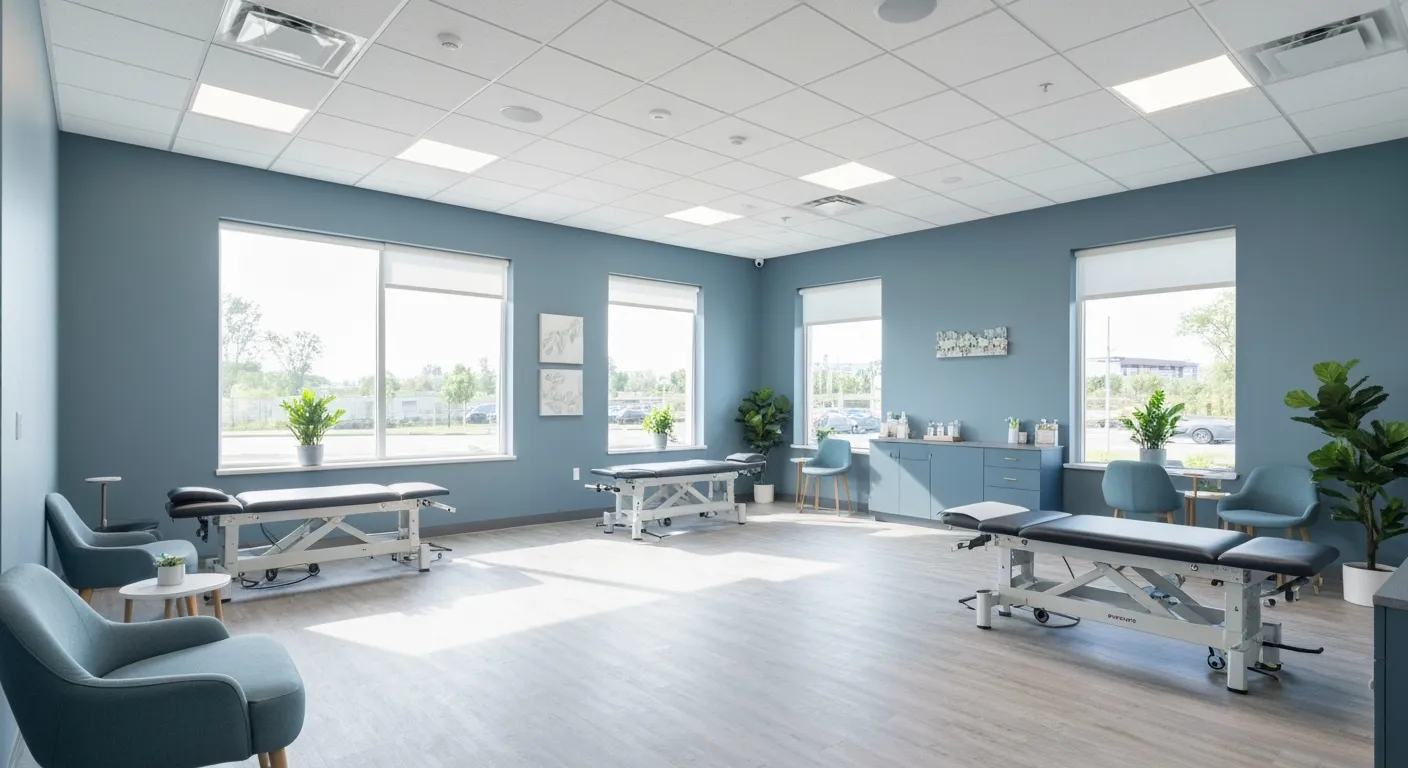
Understanding the Benefits of Chiropractic Adjustments for Back Pain Sufferers

Spinal Decompression Therapy: A New Hope for Sciatica Relief

Lifestyle Recommendations to Support a Healthy Spine and Reduce Pain

Choosing the Right Chiropractor: Key Factors to Consider Before Your First Appointment

Non-Invasive Treatment Alternatives: A Holistic Approach to Pain Relief

Corrective Exercises to Support Long-Term Relief from Chronic Pain

Exploring Non-Surgical Approaches to Spine Health and Wellness

Tips for Daily Habits That Keep Your Spine Strong

Success Stories: How Chiropractic Treatments Changed Lives

Why Focusing on the Root Cause of Pain Leads to Better Outcomes
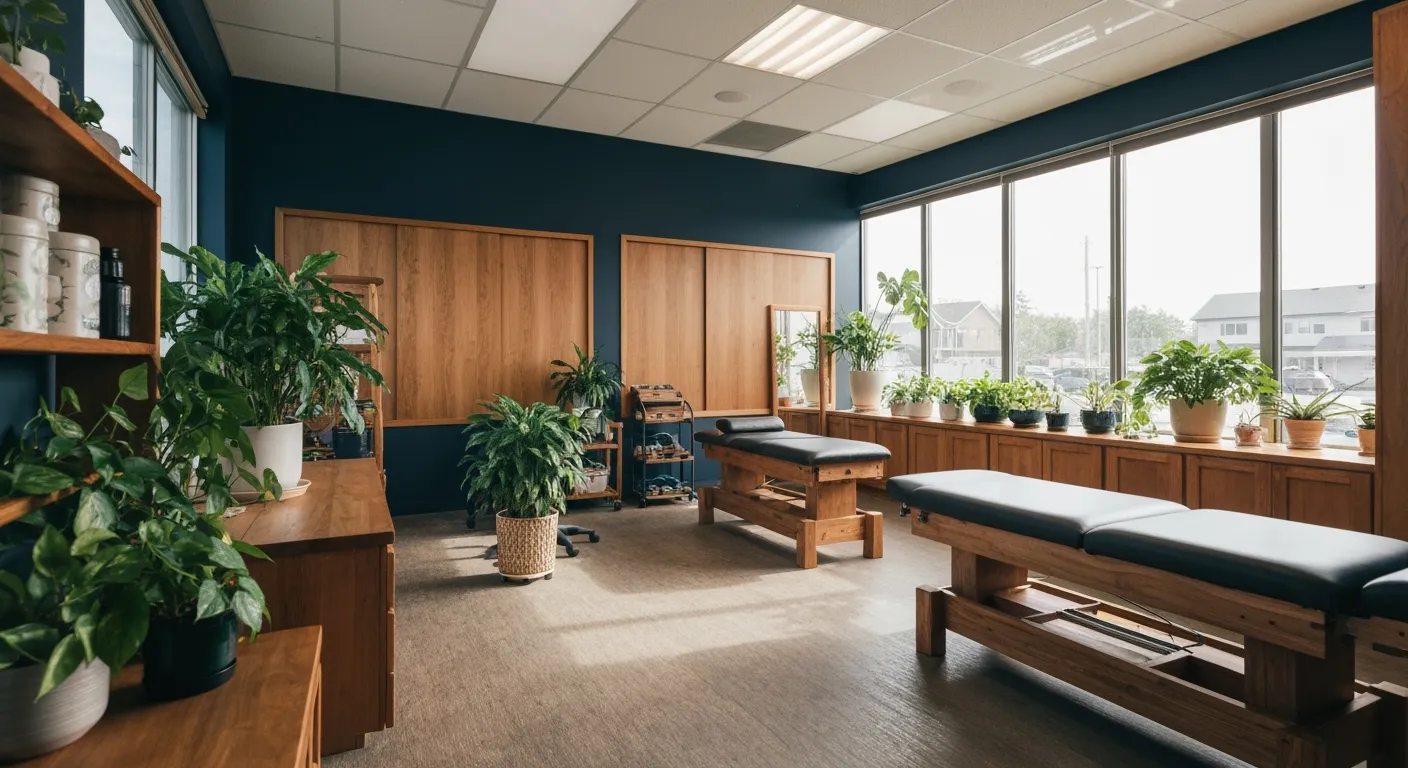
Nutritional Counseling and Its Impact on Overall Wellness and Recovery
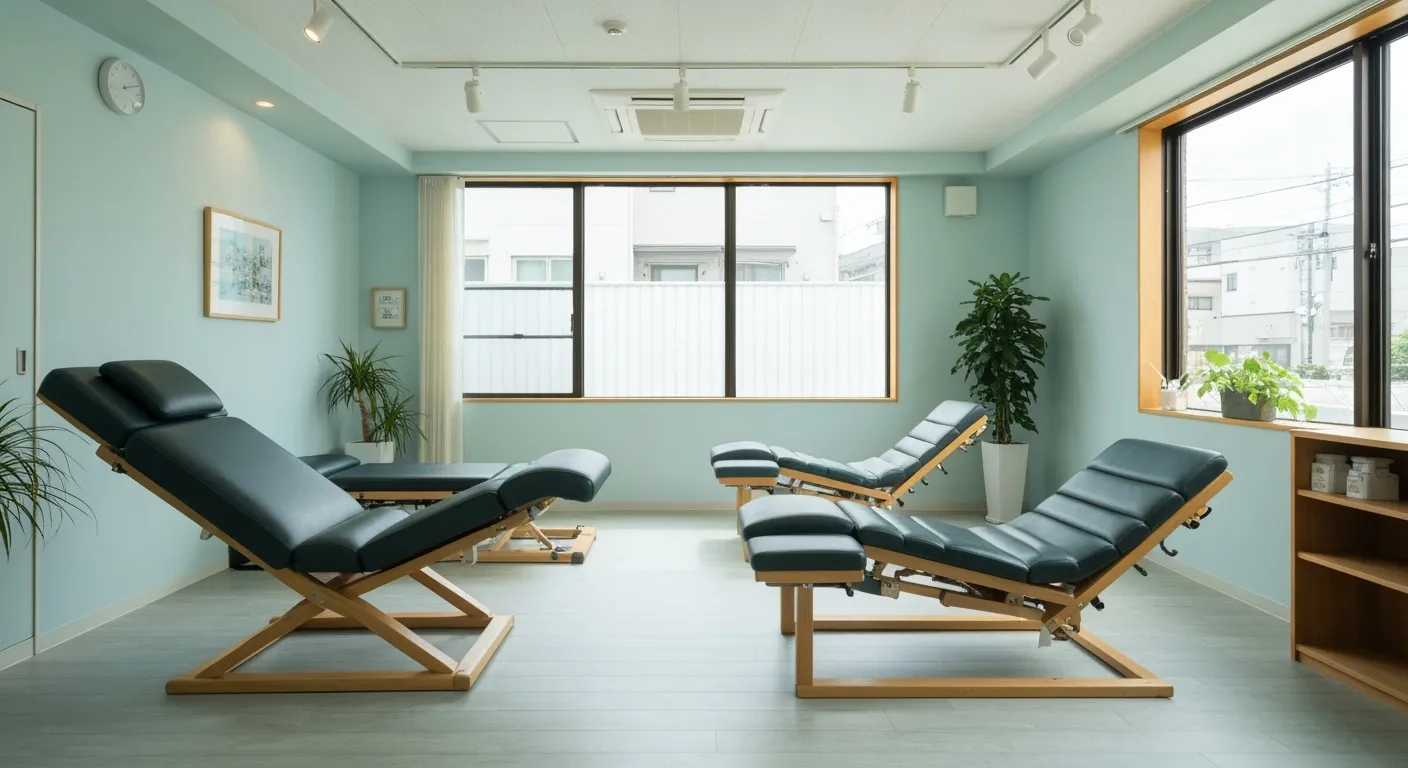
Patient Testimonials That Showcase the Power of Chiropractic Care
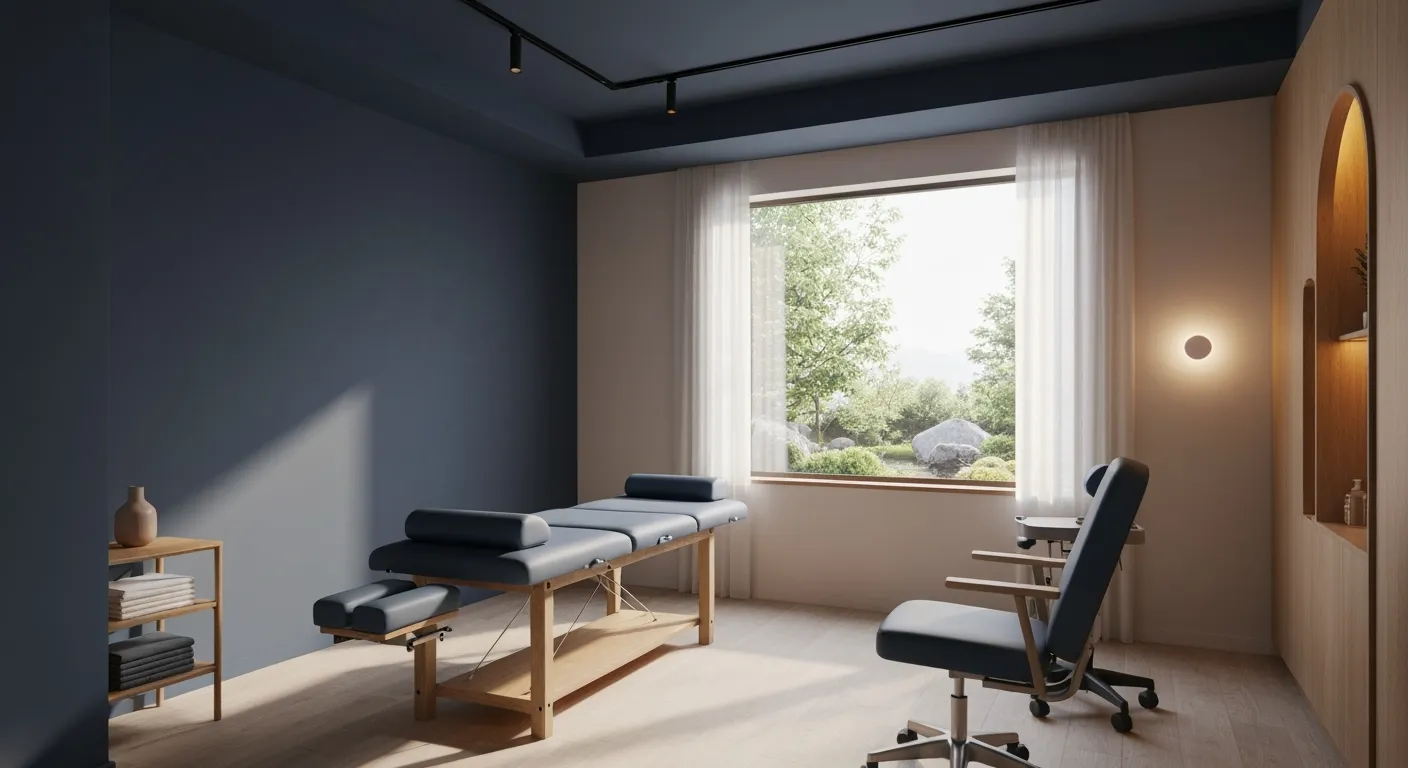
Preparing for Your First Chiropractic Appointment: What You Need to Know

Holistic Treatment Options: Beyond Surgery for Pain Relief

Holistic Pain Relief Methods That Avoid Surgery

Nutritional Strategies for Supporting Spine Health and Recovery

First Chiropractic Visit: What Happens and How to Prepare
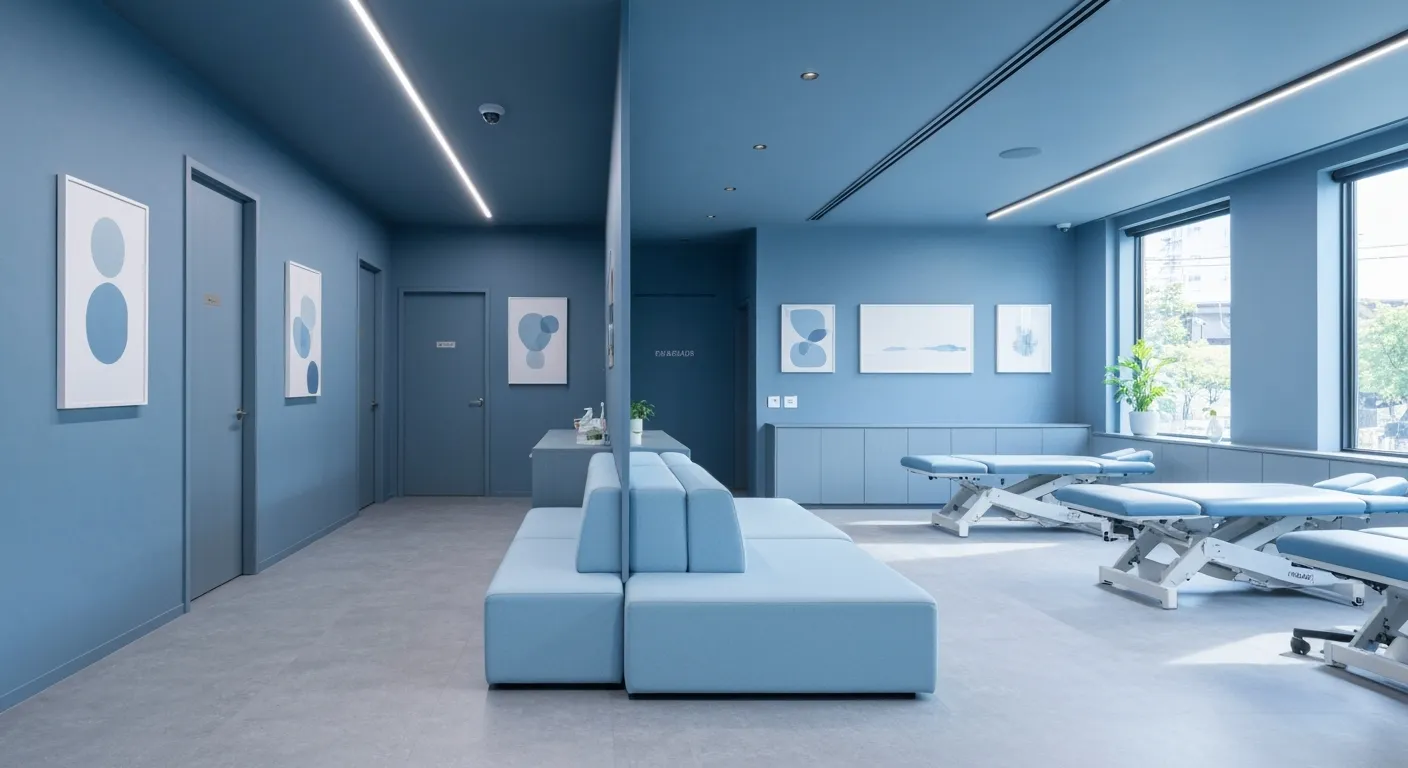
Chiropractic Patient Success Stories: Inspiring Journeys to Wellness

Effectiveness of Spinal Decompression Therapy in Managing Sciatic Nerve Pain

Addressing Pain at Its Source: Why Treating the Root Cause Matters

Corrective Exercise Programs Designed for Long-Term Pain Prevention

Healthy Lifestyle Advice for Maintaining Spinal Alignment

Understanding Spinal Decompression as a Treatment for Sciatica Pain

Benefits of Chiropractic Care Specifically for Back Pain Relief

Understanding Gait Analysis in Physiotherapy

The Difference Between Muscle Soreness and Dysfunction

Workplace Stress Statistics: How Muscle Tension Impacts Productivity

How Physiotherapy Improves Mobility for Seniors

How to Communicate Pain Levels to Your Therapist Effectively

Physiotherapy Interventions for Balance and Fall Prevention

How Physiotherapy Helps Post-Surgical Recovery

